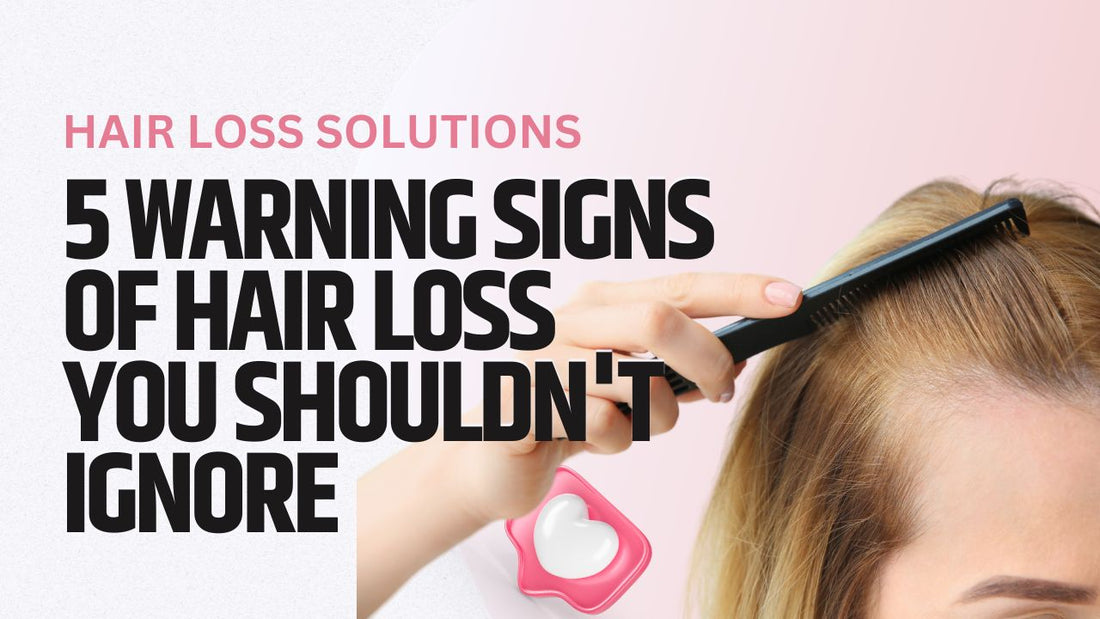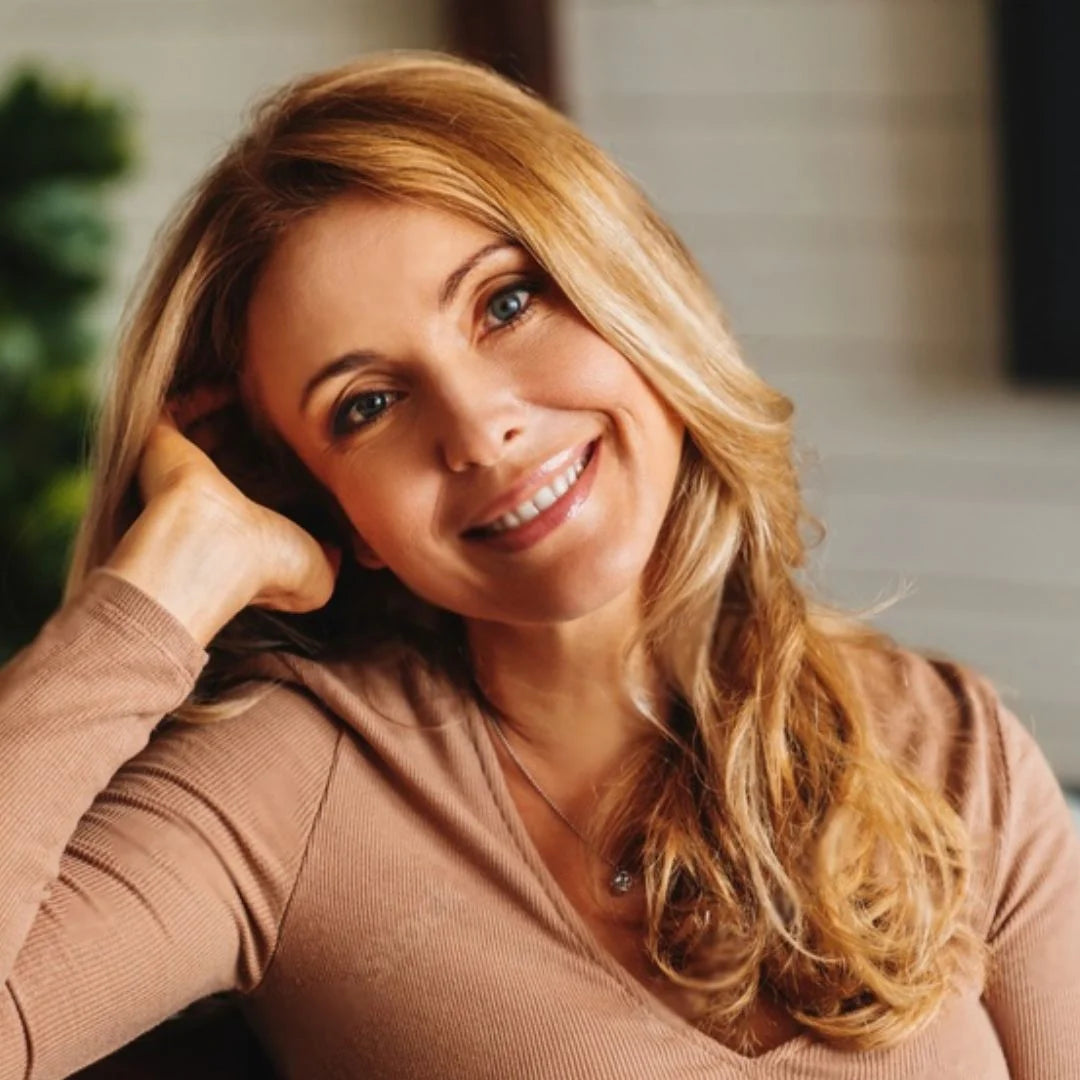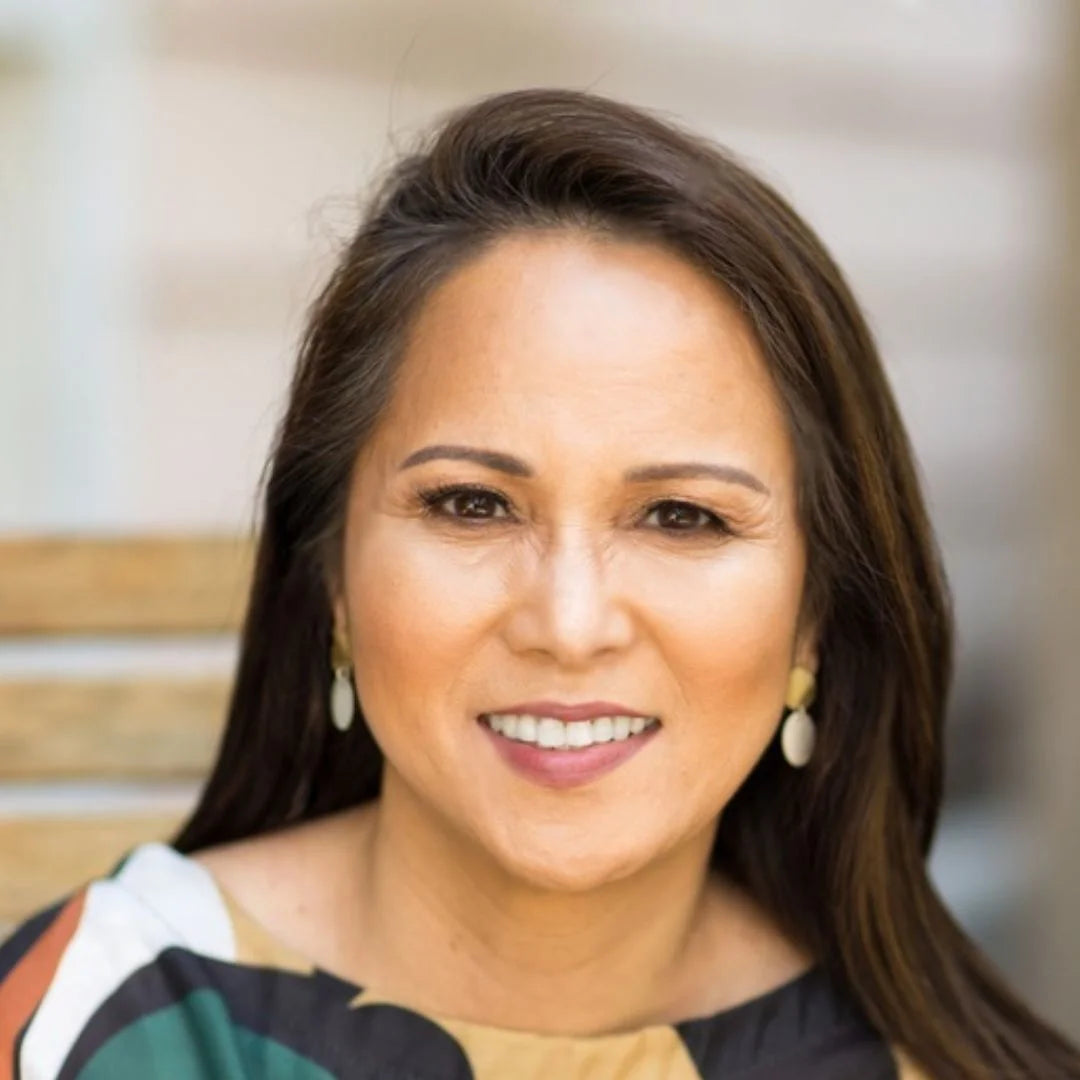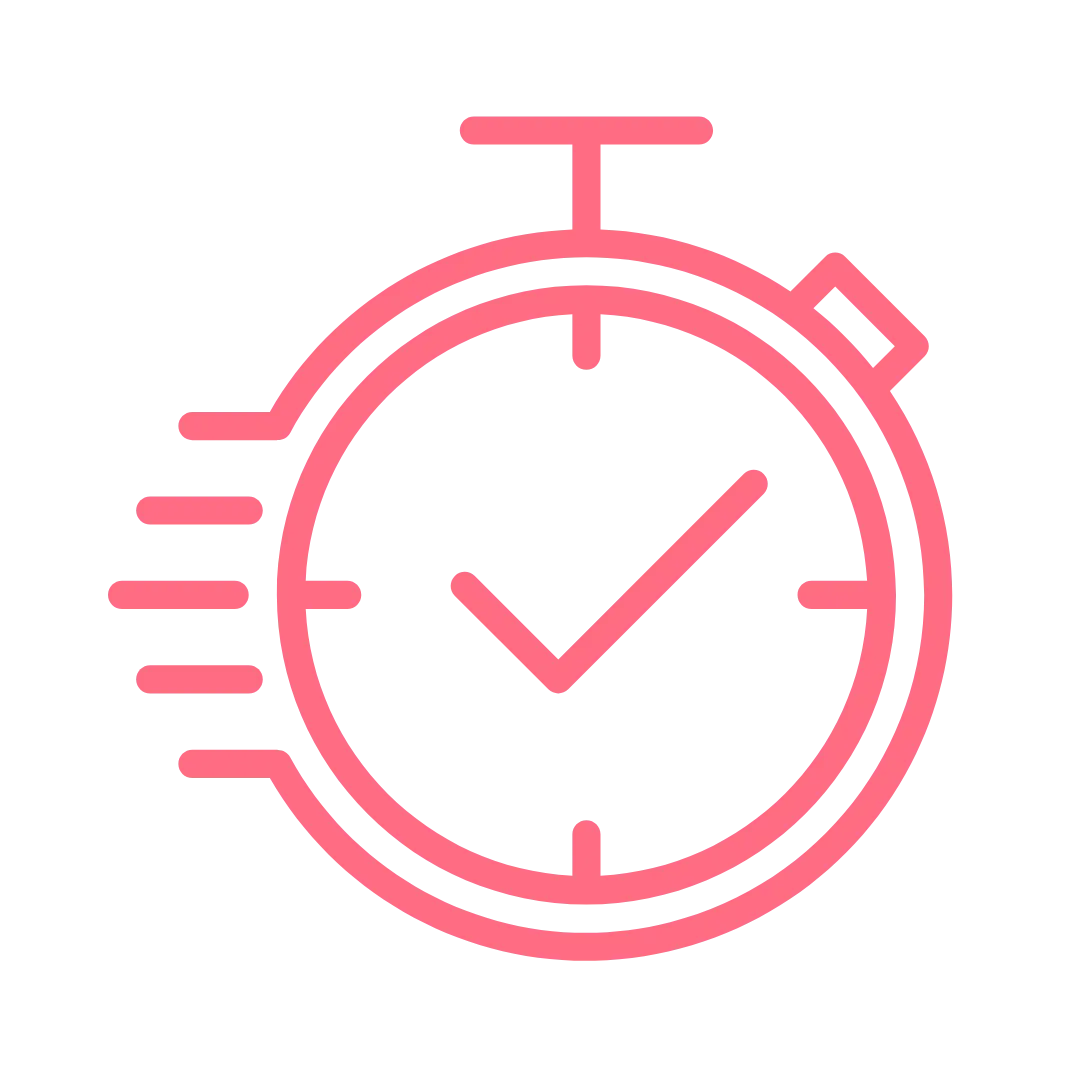
5 Warning Signs of Hair Loss You Shouldn't Ignore
Share
I. Introduction
Recognizing hair loss signs is critical in grasping the intricate dynamics of hair growth and shedding, which helps pinpoint when hair loss begins to outweigh normal hair renewal. The presence of hair loss signs is not merely an aesthetic concern; it can reflect underlying health conditions and profoundly impact an individual's confidence and mental health. Prompt attention to hair loss signs is vital for successful management. This detailed guide will delve into the hair loss signs that should prompt concern and the steps one can proactively take to mitigate them.

II. Unpacking Hair Biology
Before we delve into the warning signs, let’s first understand the science of hair. Each strand of hair on your head goes through a growth cycle, including growing, resting, and shedding phases. This cycle ensures that we naturally lose and regrow hair regularly. However, when this cycle is disrupted, due to a variety of factors ranging from genetics to lifestyle, it can lead to the visible signs of hair loss.

III. Warning Sign #1: Excessive Hair Shedding
One of the first signs of potential hair loss is excessive shedding. While it's normal to lose 50-100 hairs a day, shedding much more than this could cause concern. This might become apparent when you find more hair than usual on your pillowcase, in the shower drain, or when brushing your hair. If you're collecting strands in handfuls, it's a clear signal that something isn't right.

IV. Warning Sign #2: Noticeable Thinning on Top of the Head
For many, hair loss is most noticeable when it starts to thin on the top of the head. This can manifest as a wider part or less density in the ponytail for women, and typically as a receding hairline or thinning crown in men. Catching these signs early is crucial, as they can often be the precursor to more significant hair loss.
V. Warning Sign #3: A Receding Hairline
The hairline is often a giveaway to the onset of hair loss. A receding hairline can start subtly but gradually move backward across the scalp, forming an "M" shape. This type of hair loss is usually due to androgenetic alopecia, also known as male or female pattern baldness, and can progress if untreated.

VI. Warning Sign #4: Patches of Baldness or Unusual Bald Spots
Suddenly finding a bald spot as you style your hair can be shocking. Unlike the gradual hairline recession, bald spots can appear abruptly and can be circular or patchy. They may also be accompanied by scalp discomfort or irritation. This can be a sign of alopecia areata, an autoimmune condition that requires medical diagnosis and intervention.

VII. Warning Sign #5: Scalp Visibility and Transparency
An increasing visibility of the scalp can indicate thinning hair. This might be most evident under bright lighting or when your hair is wet. A transparent look, where the scalp is highly visible through the hair, means the hair's density has decreased, and the scalp is showing through more prominently than before.
VIII. Underlying Causes of Hair Loss
It’s not just genetics that play a role in hair loss; there are numerous factors that can contribute to the issue. Hormonal imbalances, particularly those involving thyroid hormones or changes during menopause, can cause hair thinning. Nutritional deficiencies, such as low levels of iron, vitamin D, and protein, have also been linked to hair loss. Stress, both physical and emotional, can shock the hair follicles into a resting phase, resulting in noticeable shedding once the body begins to recover.

IX. The Impact of Lifestyle on Hair Health
Our daily habits can have a profound effect on hair health. Over-styling, using heat tools, and applying harsh chemical treatments can weaken hair strands and lead to breakage. Even tight hairstyles that pull on the roots, such as ponytails and braids, can cause tension and lead to hair loss, known as traction alopecia. A balanced diet, rich in vitamins and minerals, and a mindful approach to hair care are foundational to maintaining hair strength and vitality.

X. Introducing Proactive Rosemary Hair Booster Oil
Amidst the array of treatments and remedies, natural solutions often stand out for their gentle efficacy and holistic benefits. Proactive Rosemary Hair Booster Oil is one such product that promises to nurture the scalp and fortify hair. Infused with rosemary, which is known for stimulating blood circulation to the scalp, this oil can promote healthier hair growth. When massaged into the scalp, it not only nourishes the roots but also provides a soothing and rejuvenating experience.
XI. How to Use Rosemary Hair Booster Oil
Incorporating this oil into your hair care routine can be a serene ritual. Start by warming a small amount of the oil between your hands. Gently massage it into the scalp with circular motions, focusing on areas where thinning is most prevalent. For best results, leave the oil in for at least 30 minutes before washing it out with a gentle shampoo. This process can be repeated two to three times a week.
XII. Recognizing When to Seek Professional Help
While it's important to be proactive with at-home treatments, recognizing when to consult a professional is equally vital. If you're experiencing rapid hair loss, pain, or itchiness associated with hair fall, or if your hair loss is causing you distress, it is advisable to seek the advice of a dermatologist or a trichologist. These experts can provide a proper diagnosis and recommend treatments that may include topical applications, oral medications, or other therapies.

XIII. The Importance of a Support System
Confronting hair loss can be a solitary journey, but it doesn't have to be. The importance of a robust support system cannot be overstated. Connecting with friends, family, or joining support groups can provide emotional comfort and practical advice. Sharing experiences and strategies can not only offer solace but also introduce new methods of coping and maintaining a positive self-image.

XIV. Preventive Measures and Lifestyle Changes
Prevention is better than cure, and this adage holds true for hair health as well. Simple changes in daily routines can make a big difference. Reducing stress through meditation or yoga, improving diet, avoiding harsh hair treatments, and not smoking can all contribute to better hair health. Regular exercise can increase blood flow to all parts of the body, including the scalp, promoting healthier hair growth.

XV. Embracing Change with Confidence
While it’s natural to feel attached to our hair, it's important to remember that hair loss doesn't define who we are. Embracing change, whether by experimenting with new hairstyles, considering hairpieces, or adopting a new look entirely, can be empowering. Confidence comes from within, and adopting a positive outlook can lead to a sense of liberation and a new-found appreciation for one’s unique beauty.
XVI. Conclusion: Steps Forward in Managing Hair Health
In the face of hair loss, knowledge is power. Understanding the warning signs, causes, and treatments allows for a proactive approach to hair health. By integrating products like Proactive Rosemary Hair Booster Oil into your regimen and making informed lifestyle changes, you can take decisive steps to manage your hair's well-being. Remember, seeking professional advice when necessary is a sign of strength, not weakness, and can pave the way for effective treatment options.

XVII. Frequently Asked Questions
What are the first signs of hair loss?
The first signs can include excessive hair shedding, a receding hairline, noticeable thinning, and smaller ponytails.
Can hair loss be a sign of something more serious?
Yes, it can be indicative of underlying health issues like hormonal imbalances, autoimmune diseases, or nutritional deficiencies
Is it possible to reverse hair loss?
Depending on the cause, hair loss can sometimes be reversed with the right treatment. However, genetic hair loss is often permanent.
How often should I use Proactive Rosemary Hair Booster Oil?
For optimal results, it’s recommended to use it two to three times a week.
Should I change my diet to prevent hair loss?
A balanced diet rich in protein, vitamins, and minerals can help in maintaining healthy hair growth.















